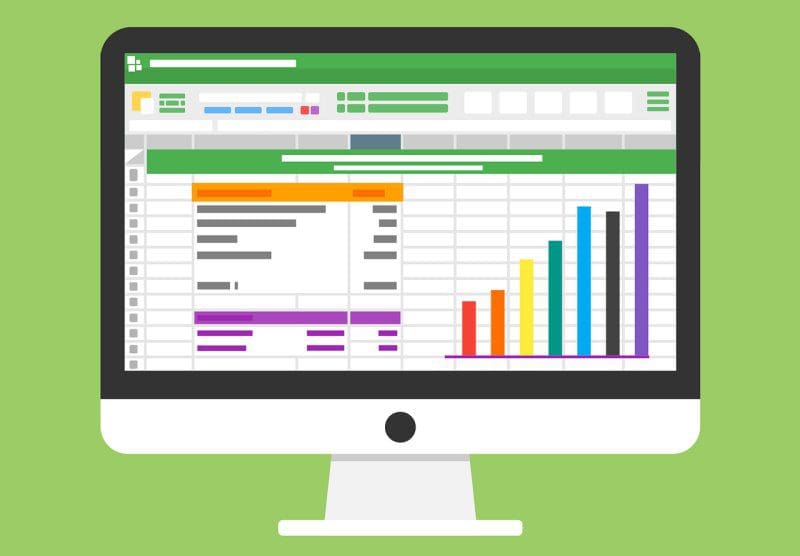Data Mapping Using Machine Learning
Data mapping is a way to organize various bits of data into a manageable and easy-to-understand system.

Data Mapping Using Machine Learning
From small to large businesses, just about every company is fighting for a chance to get their audience's attention. Regular marketing campaigns performed 20 years ago just don't cut it anymore. To get ahead of the curve and beat out your competitors, you often have to market directly to the source, especially if you cater to the millennial generation.
Collecting data is one way many businesses learn how to target their audience. To market directly to your potential buyer, you need to know what they're interested in, what they need, where they are and where they're most likely to respond to your advertisements.
While data can't get overly detailed about an individual, it's really good about getting to know a group. Finding out how your target audience acts doesn't have to be difficult if you can utilize data effectively. One way to do so is through data mapping.
What Is Data Mapping?
Data mapping is a way to organize various bits of data into a manageable and easy-to-understand system. This system matches data fields with target fields while in storage.
Simply put, not all data goes by the same organizational standards. They may refer to a phone number in as many different ways as you can think of. Data mapping recognizes phone numbers for what they are and puts them all in the same field rather than having them drift around by other names.
With this technique, we're able to take the organized data and put a bigger picture together. You can find out where most of your target audience lives, learn what sorts of things they have in common and even figure out a few controversies that you shouldn't touch on.
Armed with this information, your business can make smarter decisions and spend less money while spinning your products and services to your audience.
Data Mapping and Machine Learning
The earlier example of recognizing phone numbers has a lot to do with something called unification and data cleaning. These processes are often powered by machine learning, which is not to be confused with artificial intelligence.
Machine learning uses patterns and inference to offer predictions rather than perform a single task, which is more of a subset of AI technology than anything. In the earlier example, machine learning is used to recognize a phone number and assign it to its proper category for organizational purposes.
Machine learning goes a step beyond just recognizing phone numbers though. The technology can recognize errors like missing values or typos and group information from the same source together.
That's what data cleaning and unification really means — to clean up all of the data without any human input and present the information in its most perfect and precise form. This process saves time and is also more effective in regard to how correct the information will be.
The data can then be displayed in almost any way a person or company needs to see it. For instance, geospatial data is one route machine learning can automatically take and create without input. Geospatial data is basically translating data into a map and plotting out physical locations and routes that your target audience takes every day. This technique can provide a unique aid to your next advertising campaign.
Why Machine Learning Is Important to Data Mapping
Machine learning allows data mapping to be more precise. Without that technology, data mapping would be either very rudimentary or have to be done completely manually.
Assuming we go the rudimentary route, a simple spreadsheet would be able to take information and plug into its best guess of a proper category. Typos wouldn't be fixed, missing values would remain missing and some information would just be scattered in random places.
Trying to complete data mapping manually would be worse. For one, a person would never be able to keep up with the flow of information, not to mention the backlog of information already hiding and in need of sorting in the Internet of Things. Assuming someone could keep up with the flow, there would still be errors as the sheer amount of data would lead to the human being unable to notice connections like a machine could.
Why Data Mapping Is Important to You
The use of data is an extremely important part of modern-day marketing. Knowing the best possible place and time to reach customers will allow you to target your audience more efficiently.
Even large industries that can afford to splay their names in all possible media outlets use data mapping to save money and appear more loyal to their customer base.
Big or small, you can use this information and get ahead of everyone else vying for your customers' attention. The competition is dense these days, so getting ahead of the curve and staying ahead is an art everyone is trying to perfect. Data mapping can help you get there as early as possible.
Bio: Kayla Matthews discusses technology and big data on publications like The Week, The Data Center Journal and VentureBeat, and has been writing for more than five years. To read more posts from Kayla, subscribe to her blog Productivity Bytes.
Related:
- 6 Industries Warming up to Predictive Analytics and Forecasting
- How to Sell Your Boss on the Need for Data Analytics
- How to Showcase the Impact of Your Data Science Work
